RI detector showing negative peaks? It’s not a mistake!
Most of us in the lab are pretty familiar with the sight of a good, strong positive peak on our chromatograms. It’s what we expect, right?
But every now and then, especially if you’re working with a refractive index (RI) detector, you might encounter its shadowy twin: the negative peak.
Most of us in the lab are pretty familiar with the sight of a good, strong positive peak on our chromatograms. It’s what we expect, right? But every now and then, especially if you’re working with a refractive index (RI) detector, you might encounter its shadowy twin: the negative peak.
Now, if you’re in the UV detection world and see a negative peak at T-zero (that’s the very beginning of your run), don’t panic. That’s often normal and acceptable.
However, in the realm of RI detection, that negative peak showing up isn’t some kind of error or anomaly. Welcome to the world of refractive index detection, where things work a little differently!
The RI Difference: Why Negative Peaks Happen
The RI detector operates by measuring the difference in refractive index between your mobile phase and your analyte. Most of the compounds we analyze will have a higher refractive index than the mobile phase, resulting in the positive peaks we’re used to seeing.
But here’s the key: some analytes can actually have a lower refractive index than your mobile phase. When this happens, the detector sees a “dip” instead of a “rise,” and that’s what we see as a negative peak.
The Good News: It’s Still Chromatography!
From a chromatography standpoint, a negative peak is just as valid as a positive one. The peak shape, the symmetry – all the usual rules still apply. Your chromatography software is also likely equipped to handle these reversed peaks. You’ll usually find a simple checkbox somewhere labeled “integrate negative peaks.” Just tick that, and the software will treat them exactly like their positive counterparts.
A Word About UV and Unexpected Negative Peaks
While negative peaks are a known phenomenon with RI detectors, seeing them pop up in the middle or end of your chromatogram when you’re using a UV detector is a different story. This usually signals an issue with your reference wavelength being set incorrectly. It’s a bit of a niche problem, but definitely something to be aware of. (Keep an eye out – I might just do another video on that topic!)
In a Nutshell:
- Negative peaks in refractive index detection are a normal occurrence when your analyte has a lower refractive index than the mobile phase.
- Treat them like any other peak in your integration software – just remember to tell it to integrate the negatives!
- Negative peaks appearing mid-run with a UV detector usually indicate a problem with your wavelength settings.
So, the next time you see that peak going south instead of north on your RI chromatogram, don’t be alarmed. It’s just the fascinating world of refractive index at play!
If you are using a diode array detector and you are getting negative peaks read this article or watch the video, HPLC – Negative Peaks and Baseline Drift.

